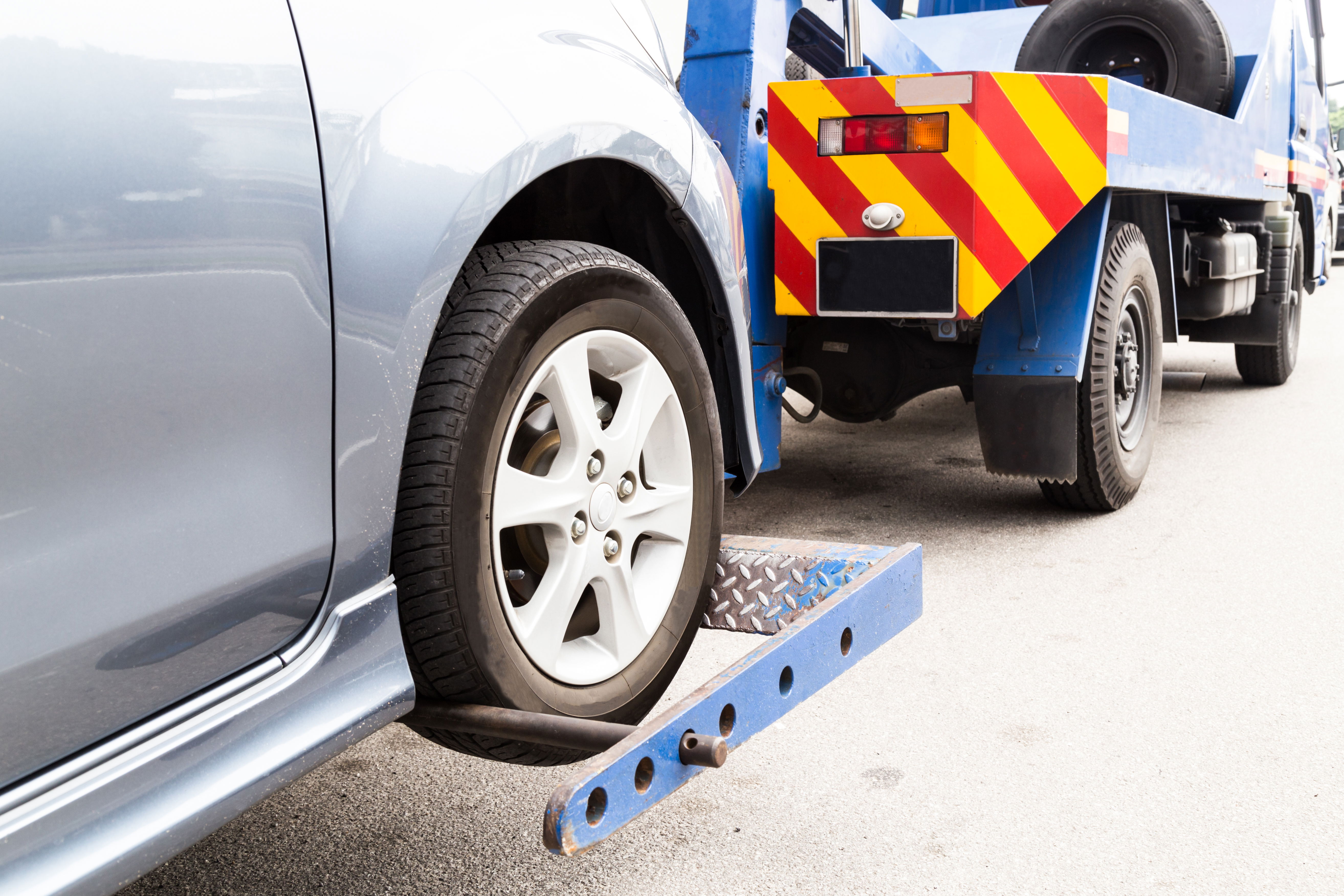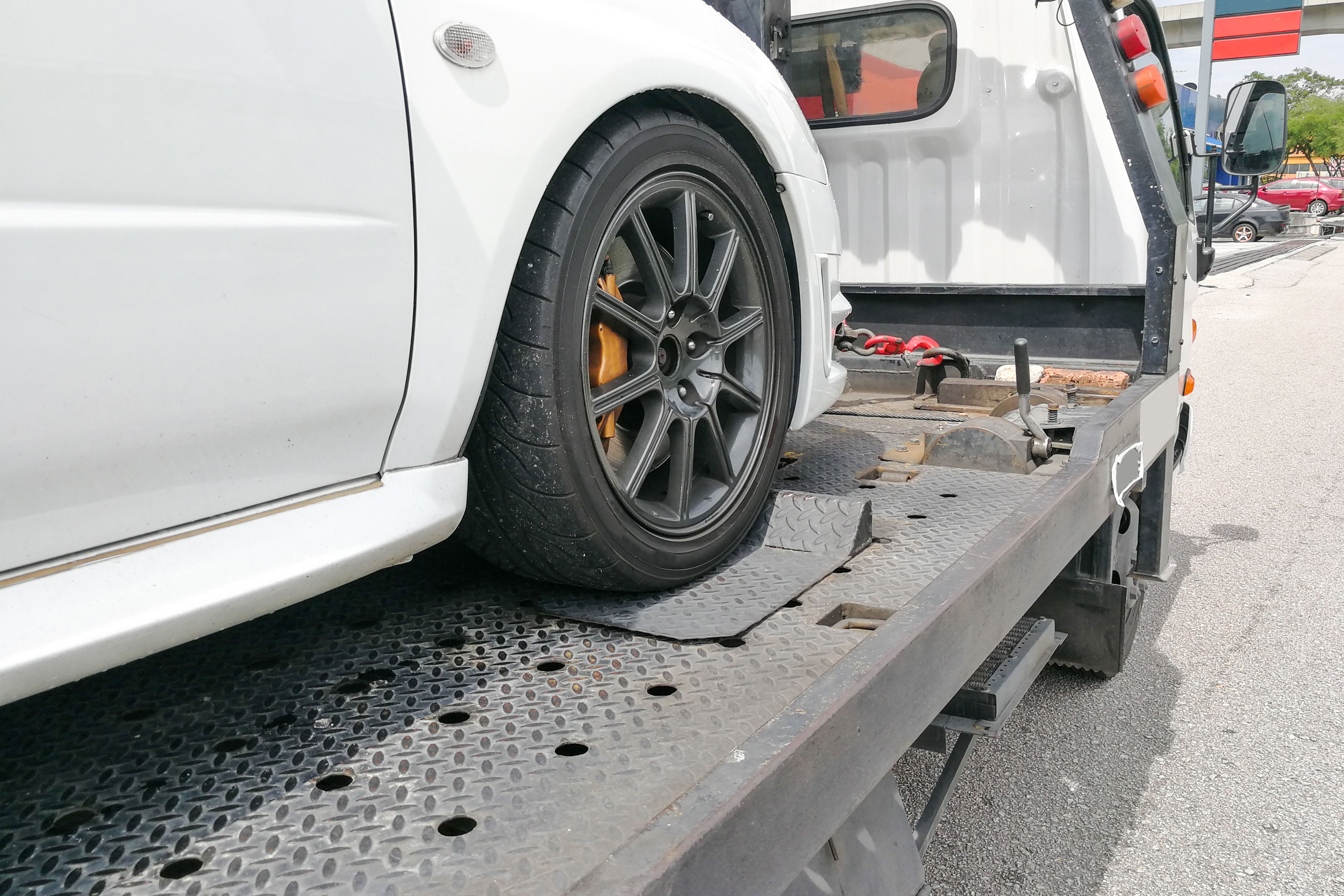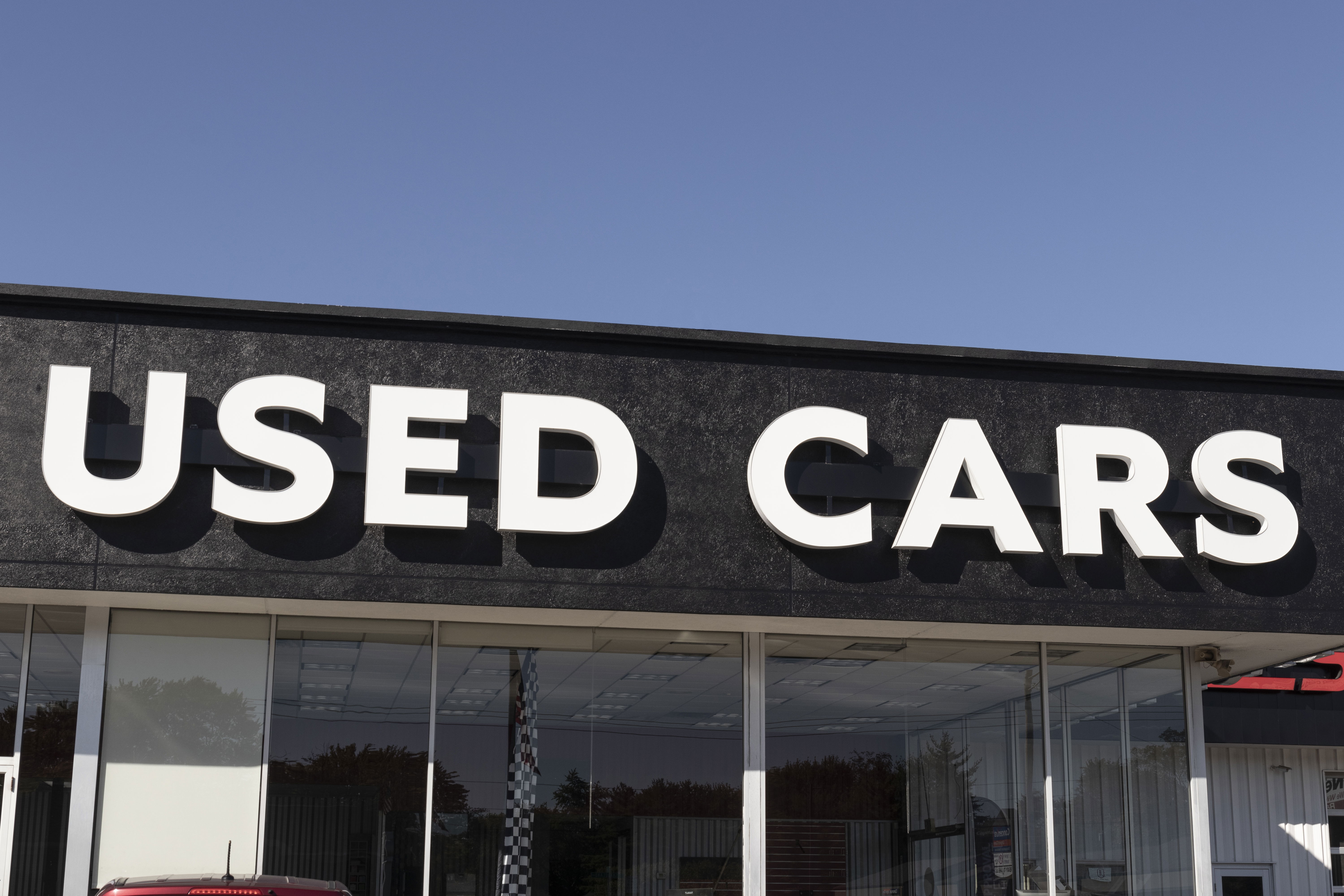Why insurers are totaling more cars than ever, how electric vehicles and ADAS are reshaping the math, and what salvage houses, repair shops, fleets and regulators must do next.
At first glance “total loss” sounds like a bookkeeping checkbox. In practice it is the pivot point that determines whether a vehicle is repaired and returned to the road or chopped up and sold through salvage channels — and today that pivot is moving more often toward the scrapyard.
Across multiple datasets, total-loss frequency has been rising for several years and notably accelerated in 2023–2025. The drivers are a familiar cocktail: falling used-car values, an aging vehicle fleet, catastrophic event spikes, and rising repair complexity — now amplified by electric vehicles (EVs) and advanced driver assistance systems (ADAS).
The result: more cars being declared totaled, larger insurance payouts, and structural change for auctions, repair networks and parts markets.
The headline numbers you need to know
Industry trackers show total-loss shares are meaningfully higher than a few years ago: CCC’s industry data recorded a rise in total-loss share year-over-year through 2024 (roughly a 2-point increase compared with 2023), with over 70% of total-loss valuations in 2024 on vehicles 7+ years old.
Mitchell reported that BEV (battery EV) total-loss frequency rose to 10.2% in 2024 (from ~8% in 2023). At the same time overall APD (auto physical damage) total-loss shares have been climbing toward the low-to-mid-teens and in some industry summaries are reported near ~20–22% of claims. Copart’s own commentary in its Q4 2025 call put U.S. total-loss frequency for the quarter at 22.2% vs 21.5% a year earlier.
EV repairs are consistently shown to cost materially more than ICE counterparts: multiple surveys and analyses find EV repair costs in the range of ~20–30% higher on average, with average EV claim severities several hundred to a few thousand dollars above ICE repairs in recent years. Mitchell’s mid-2024 numbers, for example, showed EV claim severity in the U.S. around $5,753 vs $4,806 for gasoline vehicles.
These numbers matter because the insurer’s total-loss decision is a simple formula: if the estimated repair cost plus salvage value exceeds a threshold relative to the vehicle’s pre-accident value (commonly 60–80%, depending on jurisdiction), it’s a total loss. So, if used car values fall, or repair costs rise, or both, the probability a vehicle flips to “totaled” grows exponentially.
Why EVs and ADAS push the needle toward totals

There are three technical mechanisms through which EVs and modern electronics increase total-loss outcomes.
- Higher baseline repair costs. EVs often have higher MSRP, pricier body structures (battery packs, unique body pieces), and costlier electrical components. Multiple industry studies show EV claim severities and repair bills running tens of percent higher than ICE vehicles — enough to push marginal repairable claims into total-loss territory.
- Concentrated “single-point” costs. EVs and modern vehicles use large integrated components (battery packs, complex stamped castings or ADAS sensor arrays). Damage to one such element — e.g., a battery module or a LiDAR/ADCs sensor suite — can add a single large invoice line that dwarfs routine bodywork, making repair economics frail. Gartner estimates rising repair costs tied to large single-piece components in EVs.
- Calibration, testing, and safety certification costs. ADAS sensors require calibration, alignment and often OEM-level software reprogramming after collision repairs. That adds labor and specialized facility requirements — and for many independent shops those costs or capabilities are limiting. Even when parts themselves aren’t expensive, these “hidden” calibration costs can flip a repair into a total. Recent automotive insights work highlights how ADAS lowers crash severity but raises repair complexity and cost.
The net effect: a crash that might have been repaired on a 2013 sedan is now near certain to be totaled on a 2024 EV because of one expensive module or calibration step.
The used-car value multiplier

Repair cost rises alone don’t create totals unless they’re compared to a vehicle’s pre-accident market value. In the post-COVID normalization period, used-car values have softened from pandemic highs. When you combine modestly lower vehicle values with higher repair bills, the total-loss threshold is met more often.
CCC and Mitchell both point to the same arithmetic: more valuations landing on vehicles 7+ years old and falling residuals are a crucial reason total-loss shares rose in 2024–2025.
Catastrophes — hurricanes, floods, wildfire events — also spike the share of severely damaged vehicles and depress resale values in affected regions. Events like that create short windows where total-loss rates surge and then take months to normalize in the auctions market.
What this means for the salvage and auction ecosystem
Salvage auction houses (Copart, IAA and others) and vehicle remarketers are the immediate beneficiaries and pain-absorbers of higher total-loss volumes — but the dynamics are subtle.
Volume growth, margin pressure. More totaled units mean more lots to process and sell; for auction platforms that’s revenue. Copart reported higher volumes and emphasized auction liquidity as a competitive asset. But unit mix matters: lower average salvage recoveries on older vehicles can compress gross profit even as volumes grow.
Shifts in buyer demand. Higher totals feed demand from global rebuilders, parts recyclers, and regions where used parts fetch premium prices. Auctions have responded by expanding “direct buy” channels and international buyer access to clear low-value inventory quickly.
Operational strain & technology investment. Scaling intake, inspection, battery handling, and safe storage for EVs requires capex and training (battery isolation, hazardous materials handling). That raises per-unit processing costs for salvage yards and may spur consolidation or higher fees.
Impacts for repair shops and insurers

Repairers face the opposite pressure: fewer repair opportunities per claim (because more vehicles are totaled), but higher complexity on the repairable ones that remain. That requires specialized tools, OEM calibrations, and training investments — or losing business to OEM certified shops. For insurers, elevated total-loss rates mean:
- Larger lump-sum payouts on totals vs incremental repair bills.
- More reliance on salvage recoveries and auction proceeds to offset payouts — which is why auction liquidity matters to their loss-mitigation math.
- Repricing pressure: carriers will demand more granular data to price EV risk and ADAS exposure and may set higher premiums or create product restrictions for certain EV models until repair capacity scales.
Are insurers “over-blaming” EVs?
There are legitimate debates. Some industry watchdog pieces suggest insurers may overstate repair inflation to justify rate increases; others show repair costs rising but not uniformly.
Still, the trend lines from multiple independent industry datasets (CCC, Mitchell, IAA, Copart commentary) converge: total-loss frequency is higher, EV claims are growing faster, and repair complexity is a real cost factor. The nuance: EVs are not single-handedly responsible — they amplify a system already stressed by depreciation and catastrophic exposures.
What to watch next — short to medium term
- Repair capacity metrics. Track how many shops become OEM-certified for EV and ADAS work, and how quickly independent shops acquire calibration tools. A bottleneck here raises severity and total-loss rates further.
- Battery market for salvage and parts. A robust secondary market for certified used battery modules and reconditioning could lower battery-replacement costs and reduce totals for some EVs. Watch companies offering battery remanufacture and certification.
- Regulatory thresholds and disclosure. States may revisit total-loss thresholds and salvage titling rules as EV adoption grows, to protect consumers and clarify safety requirements for rebuilt EVs.
- Auction and logistics innovation. Expect more “direct buy” flows, localized dismantling, and cross-border logistics to optimize salvage recovery and match buyers to specific part demand. Platforms that improve liquidity and speed will capture margin.
Practical takeaways & strategic recommendations

- For insurers: invest in telemetry and vehicle-level data partnerships to segment EV risk more precisely; expand relationships with certified repair networks; and model catastrophic scenarios where used-car values and parts supply diverge.
- For repair shops: prioritize ADAS calibration tools and battery-safety training now — the shops that can safely and quickly repair modern cars will capture the repairable share and premium work. Consider partnering with auction houses or insurers for triage centers.
- For salvage/auction operators: double down on buyer reach and “Direct Buy” flows and develop certified remanufacture channels for batteries and modules to increase recovery on EVs. Operationalize safe battery handling — it’s non-negotiable.
- For policymakers & consumer advocates: monitor titling and disclosure on rebuilt EVs; require rigorous certification for battery remanufacture and battery safety when cars are returned to the road.
Conclusion — a systems problem, not a single-tech scandal
The rise in total-loss frequency is not a narrative that can be blamed on any single actor. It is the emergent outcome of intersecting trends: softer residuals, aging vehicle fleets, increasingly complex vehicle architectures (EVs + ADAS), and episodic catastrophe exposure.
That creates both a business opportunity — more salvage inventory, new remanufacture markets, premium certified repair work — and a policy challenge: ensuring safety, transparency, and equitable pricing in insurance and repairs as the vehicle fleet modernizes.
The companies and stakeholders that prepare for the new economics — by investing in battery reconditioning, ADAS calibration capacity, buyer liquidity and data partnerships — will not only survive the rise of total loss, but they’ll also profit from it. Those that don’t will find their business models written off — which, ironically, is exactly what’s happening to more cars today.
Sources & further reading (selected): CCC Crash Course reports (2024–Q2 2025); Mitchell EV Collision Insights (2024); Copart Q4 2025 earnings commentary; IAA industry reports; industry coverage from Mitchell/Claims Journal and Automotive Fleet.